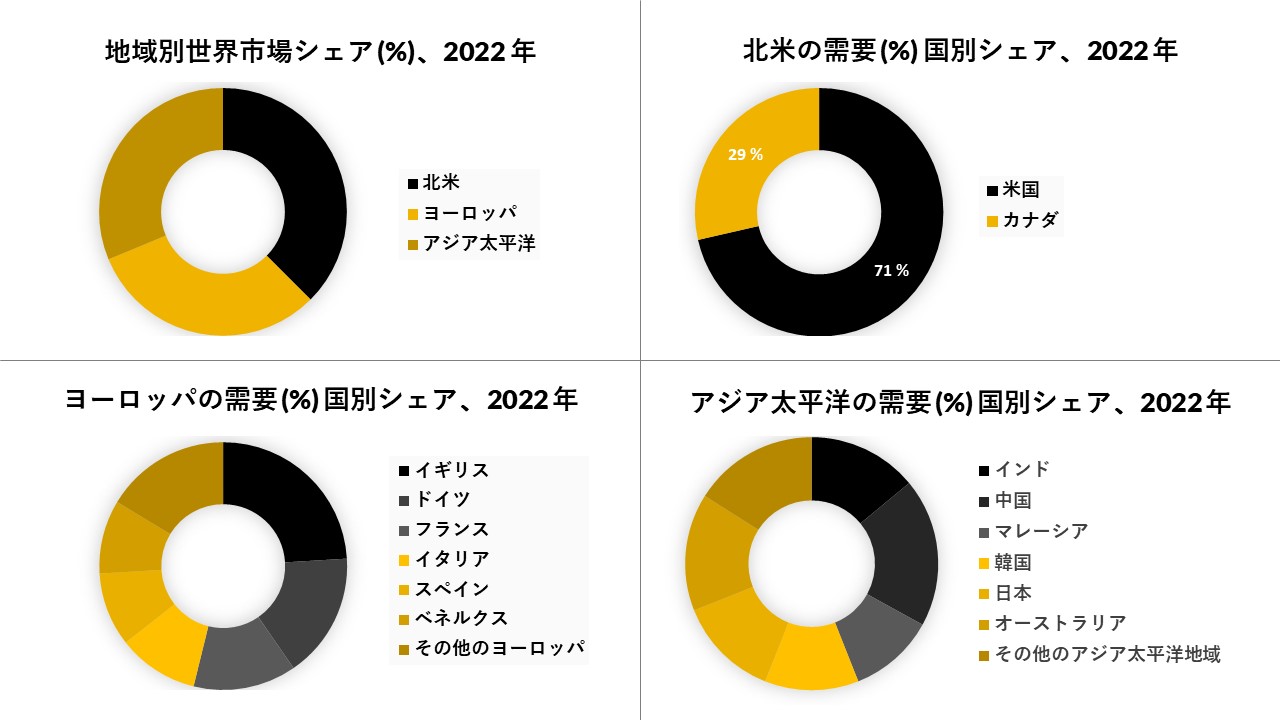市場概要
世界のアブレーション装置市場は、予測期間中に10.4%のCAGRを目撃すると予想されています

市場概要
世界のアブレーション装置市場は、予測期間中に10.4%のCAGRを目撃すると予想されています。市場の成長を牽引している特定の要因には、慢性疾患の有病率の上昇、技術の進歩、およびデバイスと手順に関連する利点が含まれます
アブレーション装置は低侵襲性であり、肝臓、腎臓、前立腺、および肺癌の従来の外科的治療に代わるものを提供し、低侵襲治療の人気の高まりおよび様々な慢性疾患の発生率の上昇により、その用途は急速に増加している。現在、いくつかの企業がアブレーション技術の革新を提供しており、臨床的有効性、患者の安全性、および手続き効率をサポートしています
レポートの範囲
報告の範囲に従って、アブレーションは一般に、通常、手術によって生物学的組織の一部を除去することを指す。皮膚のアブレーションは、化学物質(化学アブレーション)、レーザー(レーザーアブレーション)、凍結(凍結アブレーション)、または電気(フルグレーション)によって、他の技術の中でもとりわけ行うことができる。市場は、テクノロジー、アプリケーション、エンドユーザー、地理
主な市場動向
がんは、アプリケーションセグメントで大きな市場シェアを保持すると予想されています
がんは世界中の社会に大きな影響を与えています。がんの発生率は、ここ10年間に世界中で高い割合で増加しています。世界保健機関(WHO)の2018年の報告書によると、世界のがん負担は2018年に世界中で1810万人の新規症例と960万人の死亡に増加したと推定されています。世界の男性の5人に1人、女性の6人に1人は、生涯にがんを発症し、男性の8人に1人、女性の11人に1人がこの病気で死亡しています。がんと診断されてから5年以内に生存している人の総数は4380万人と推定されています。がん負担の増加は、社会的および経済的発展に関連するがんの特定の原因の有病率の変化を含むいくつかの要因にも起因していた。これは、貧困や感染症に関連するがんから、先進国でより典型的なライフスタイルに関連するがんへのシフトが見られる、急速に成長している経済において特に当てはまります。したがって、がんの発生率の上昇により、がんを効果的かつ安全に治療するデバイスや技術の需要は増加するに違いありません。この要因は、予測期間中にこの市場の成長に役立つと期待されています
北米は予測期間にわたって市場を支配しています
この市場の多くの主要プレーヤーによる投資は、この地域、特に米国で大幅に成長しました。さらに、革新的な機能とより高い有効性を備えた製品の開発への焦点は、近年増加しています。その結果、R&D資金調達が増加しています。米国政府は2016年に50億米ドル以上の資金を国立がん研究所(NCI)に割り当て、前年比で5.3%以上増加しました。この地域の市場成長は、がんの罹患率の上昇によっても支えられています。さらに、この地域では、さまざまながん(高齢化)のリスクが高い人の数が増加しています
競争環境
世界のアブレーション装置市場は中程度の競争が激しく、いくつかの主要プレーヤーで構成されています。Abbott、AngioDynamics Inc.、AtriCure Inc.、Boston Scientific Corporation、BTG plc、Conmed Corporation、Johnson and Johnson、Medtronic PLC、Olympus Corporation、Smith & Nephew PLCなどの企業は、アブレーションデバイス市場で大きな市場シェアを保持しています
このレポートを購入する理由:
- エクセル形式の市場予測(ME)シート
- クライアントの要件に従ってカスタマイズを報告
- 3ヶ月のアナリストサポート

北米(米国およびカナダ)、ラテンアメリカ(ブラジル、メキシコ、アルゼンチン、その他のラテンアメリカ)、ヨーロッパ(英国、ドイツ、フランス、イタリア、スペイン、ハンガリー、ベルギー、オランダおよびルクセンブルグ、NORDIC(フィンランド、スウェーデン、ノルウェー) 、デンマーク)、アイルランド、スイス、オーストリア、ポーランド、トルコ、ロシア、その他のヨーロッパ)、ポーランド、トルコ、ロシア、その他のヨーロッパ)、アジア太平洋(中国、インド、日本、韓国、シンガポール、インドネシア、マレーシア) 、オーストラリア、ニュージーランド、その他のアジア太平洋地域)、中東およびアフリカ(イスラエル、GCC(サウジアラビア、UAE、バーレーン、クウェート、カタール、オマーン)、北アフリカ、南アフリカ、その他の中東およびアフリカ)
